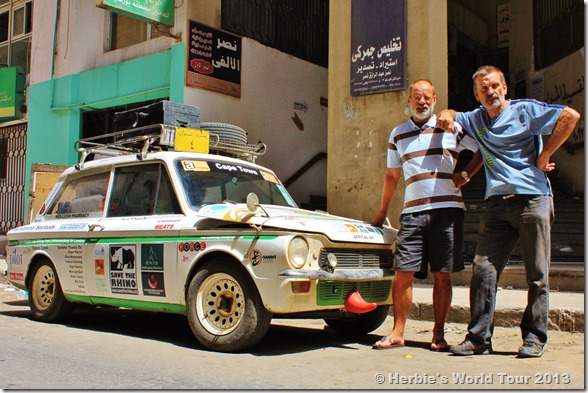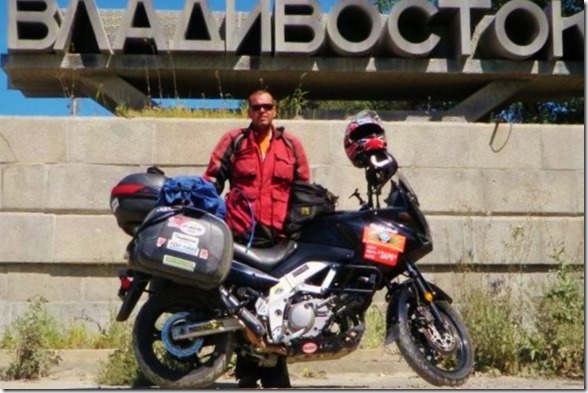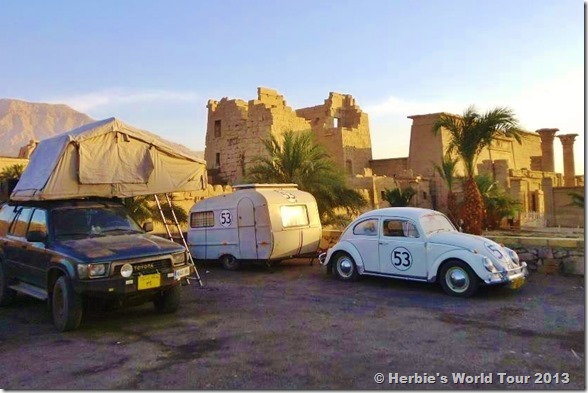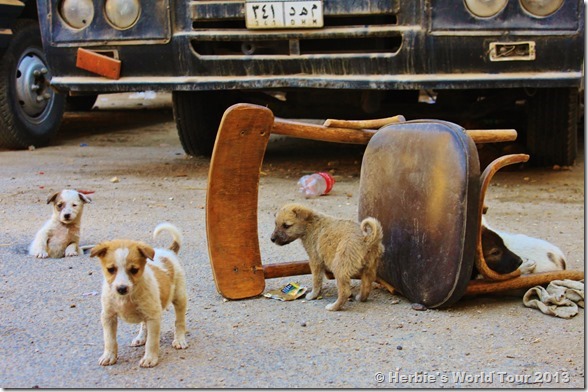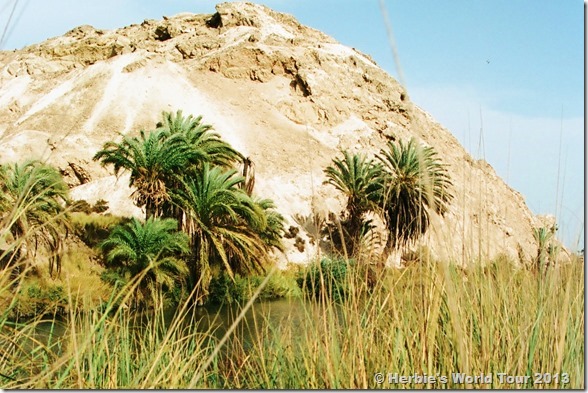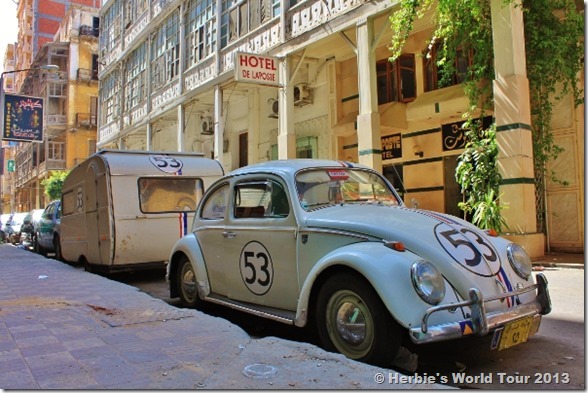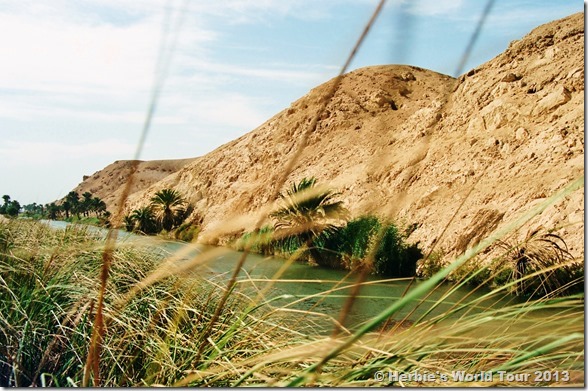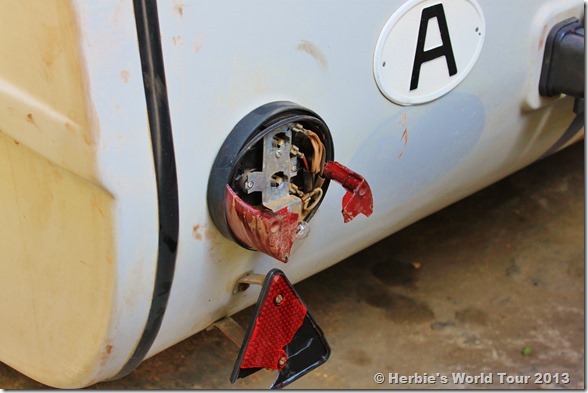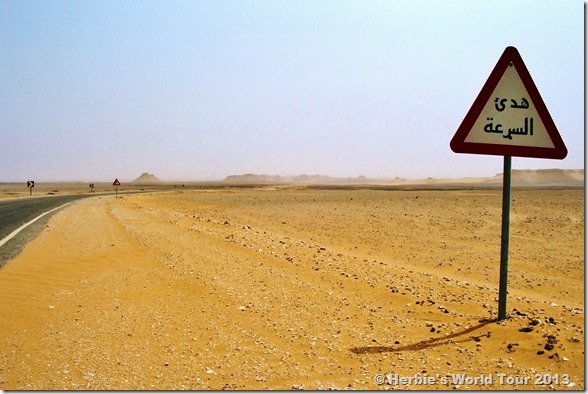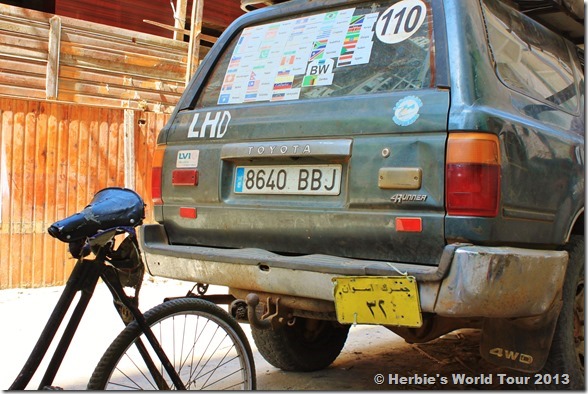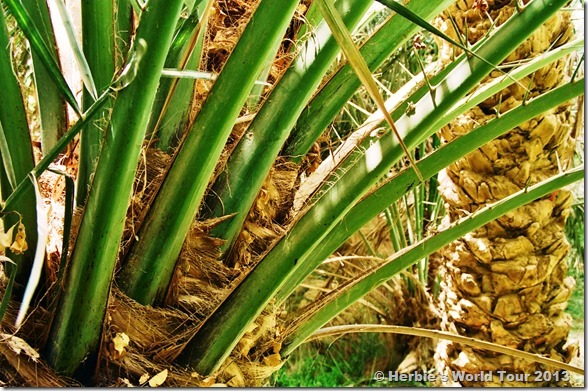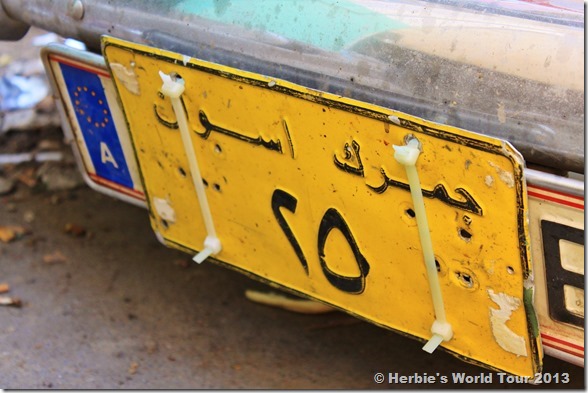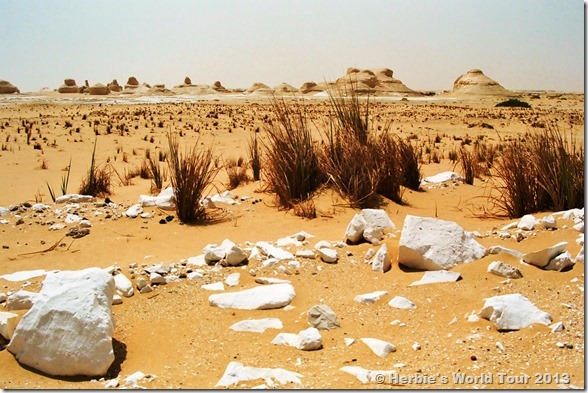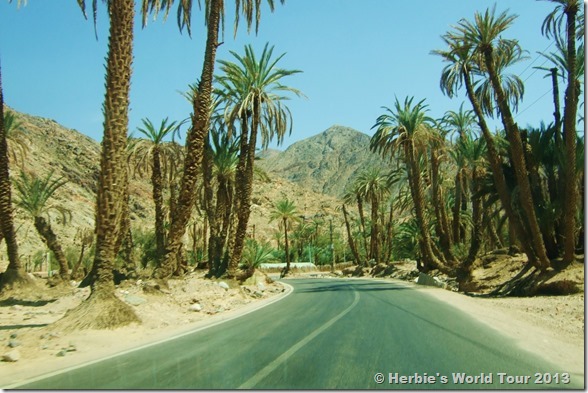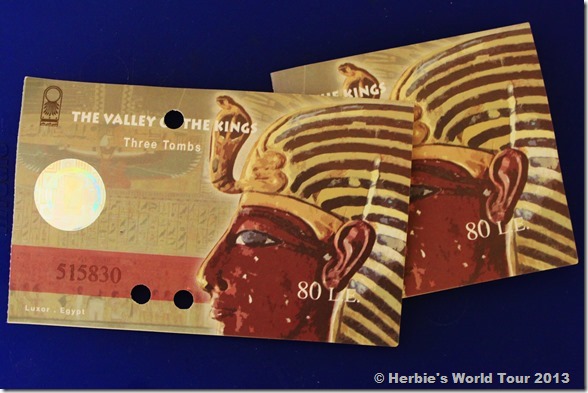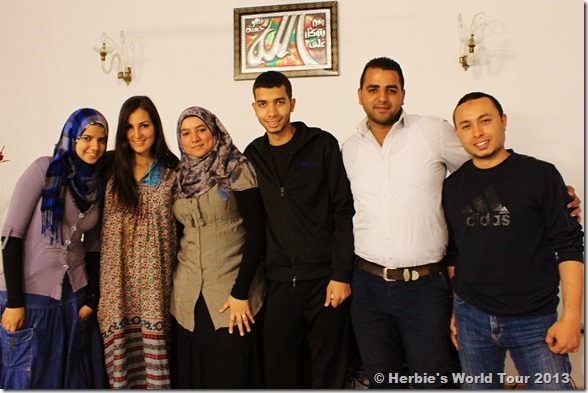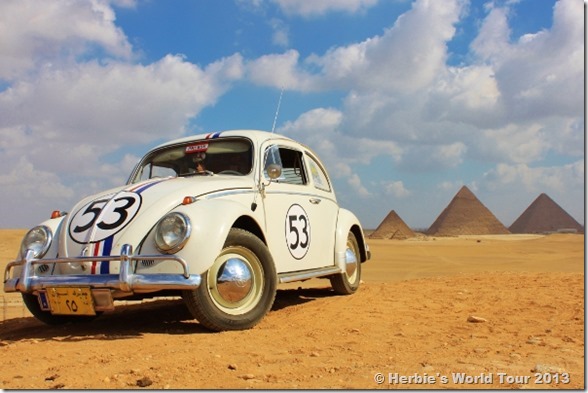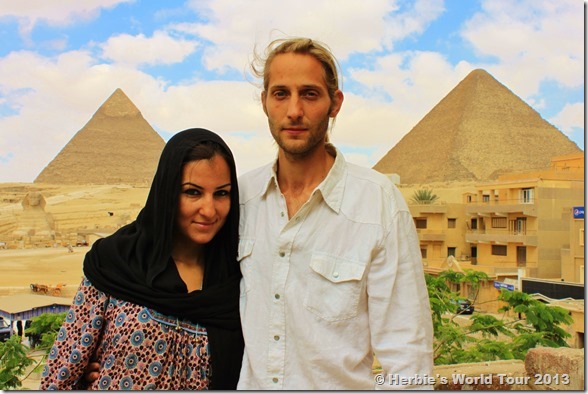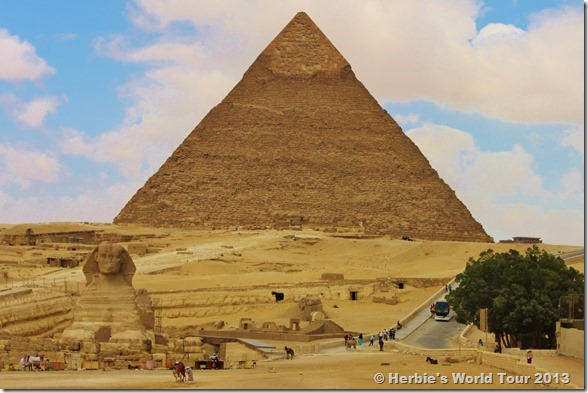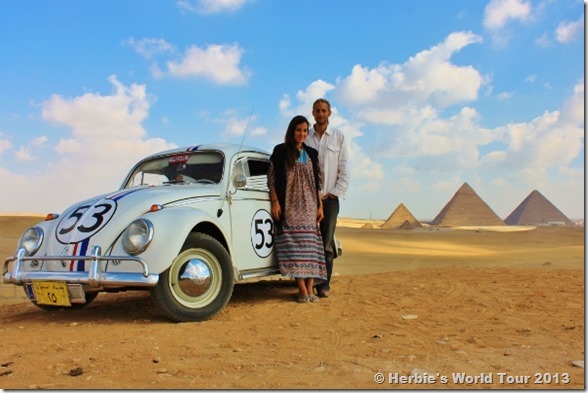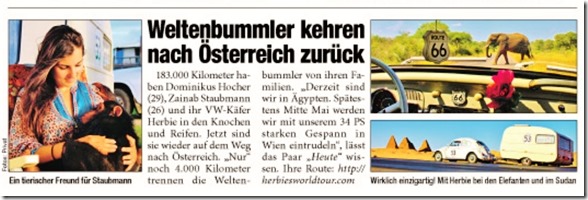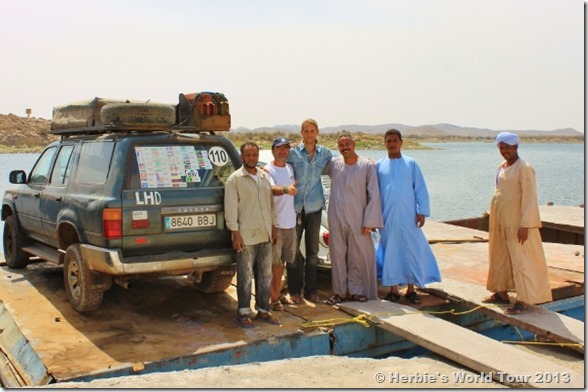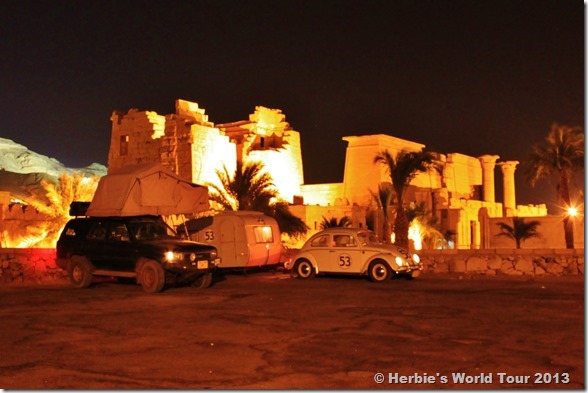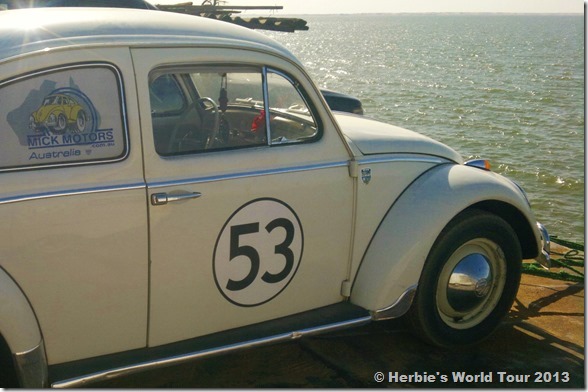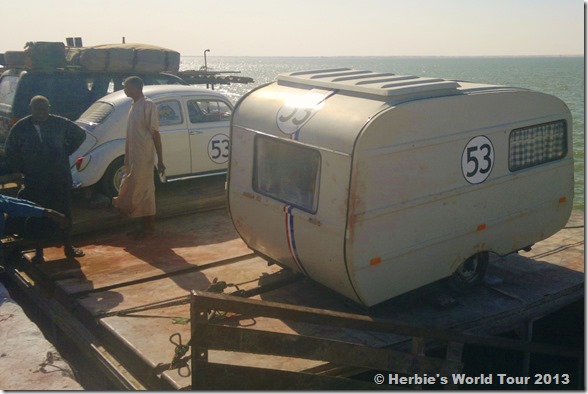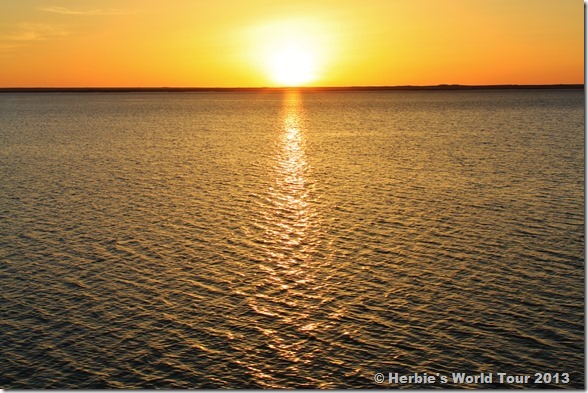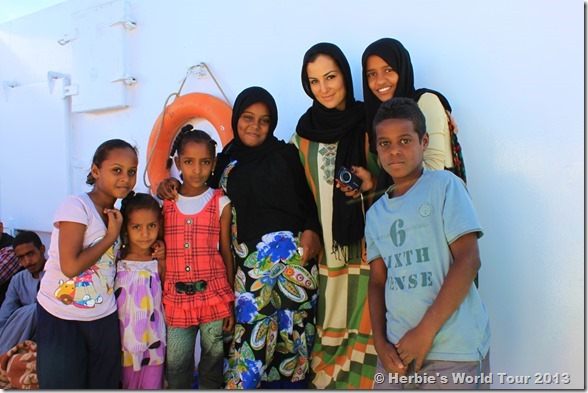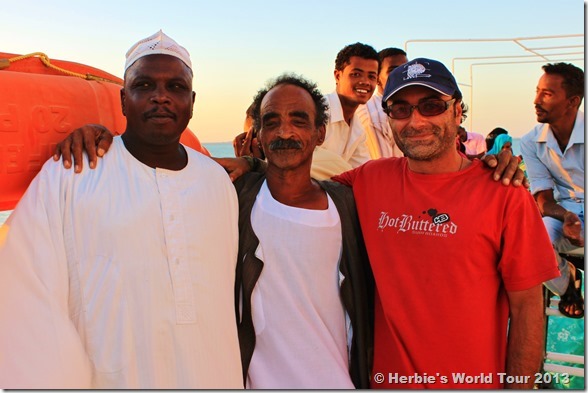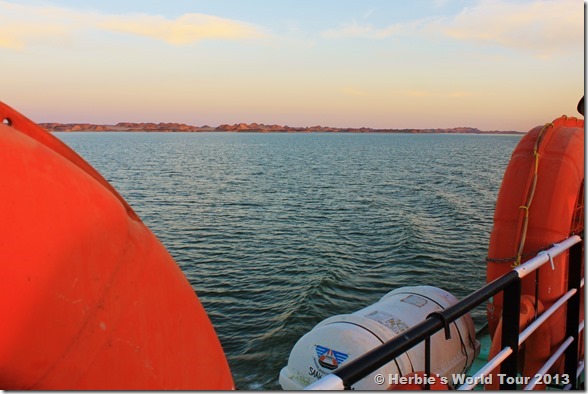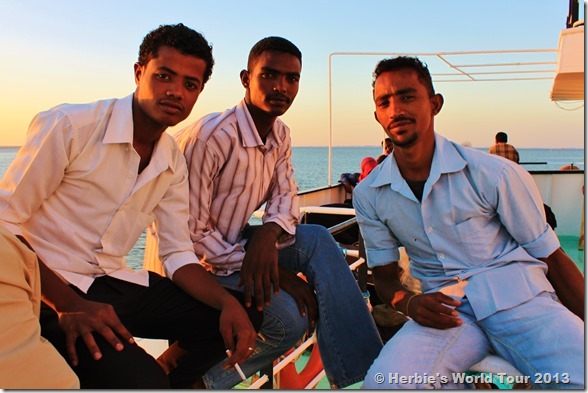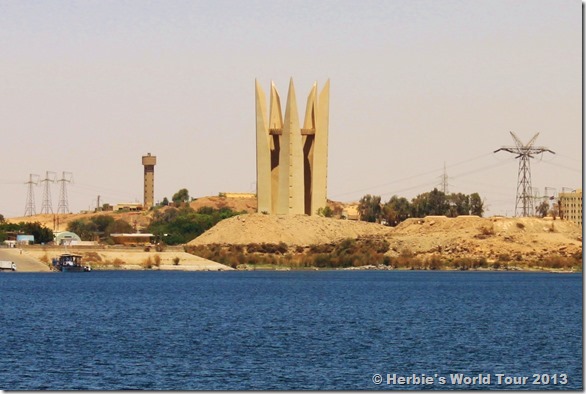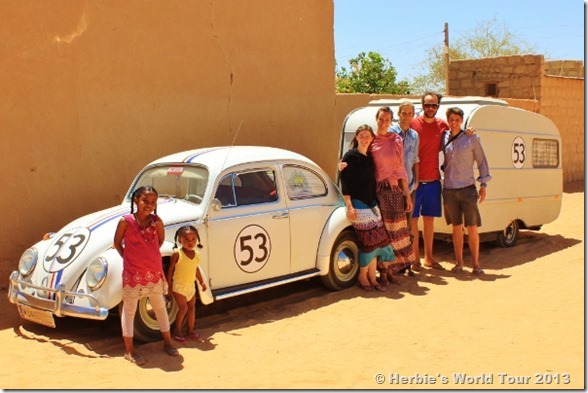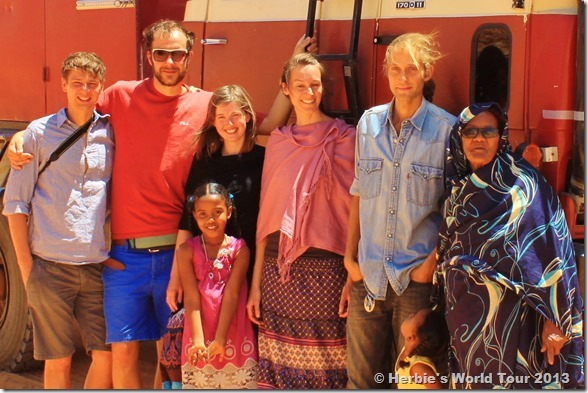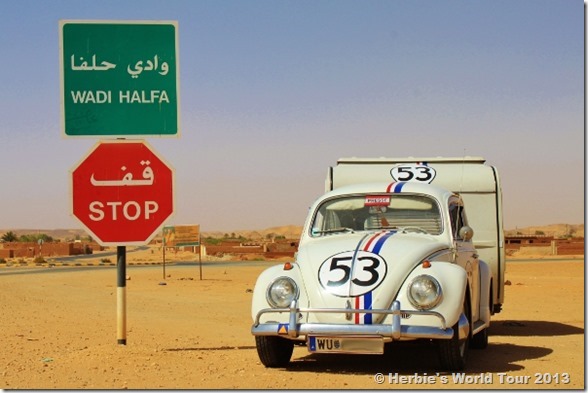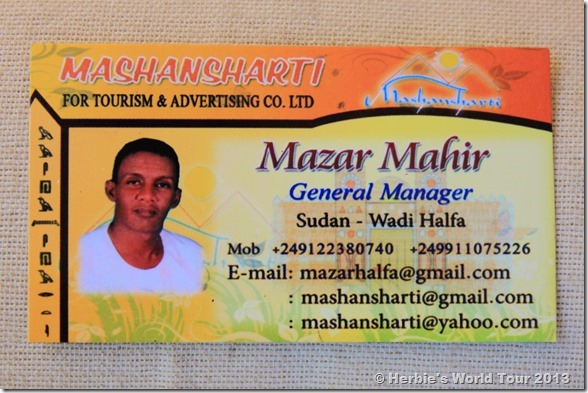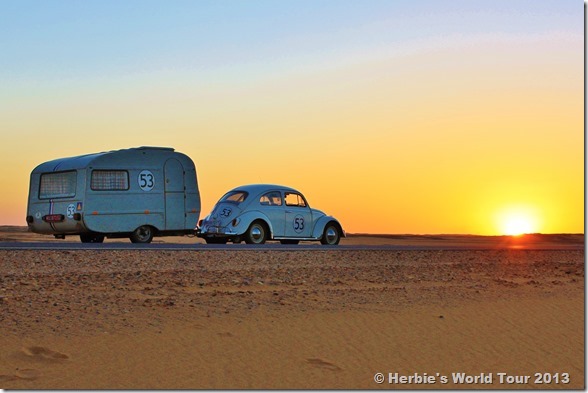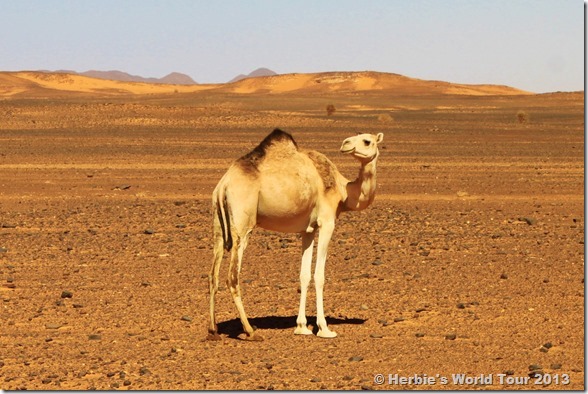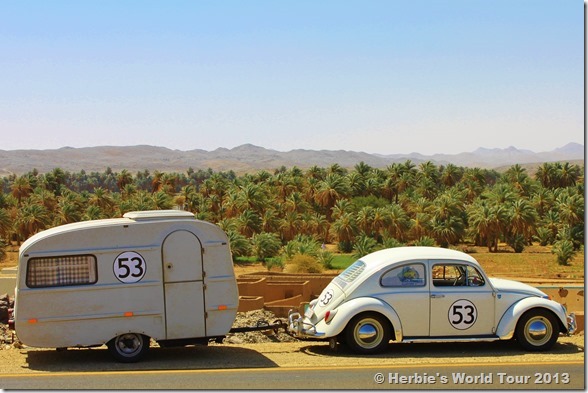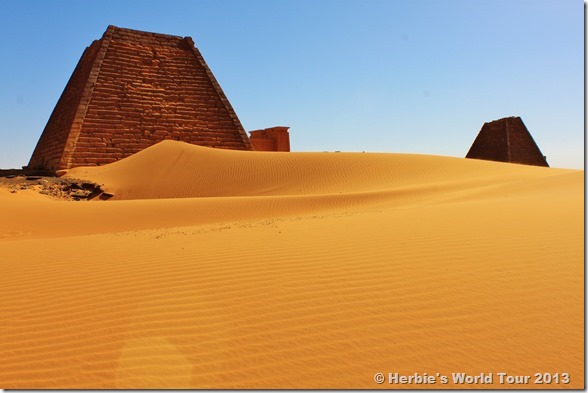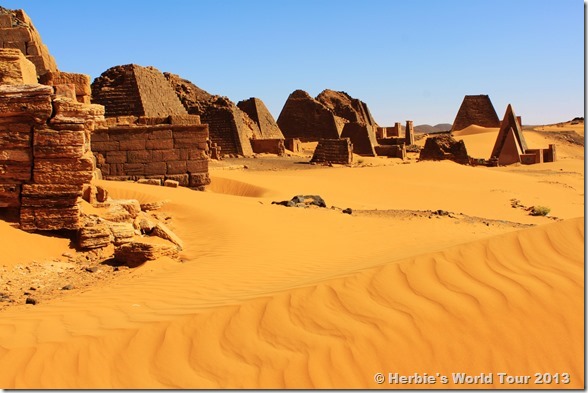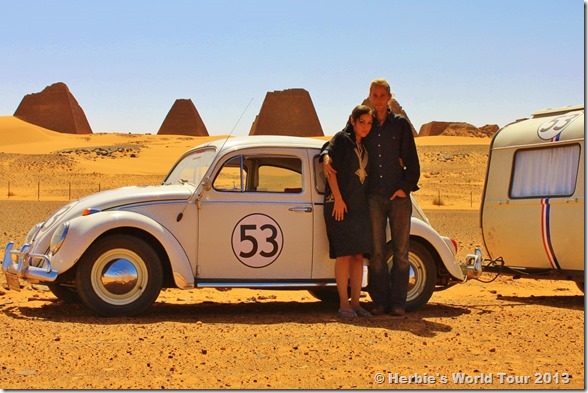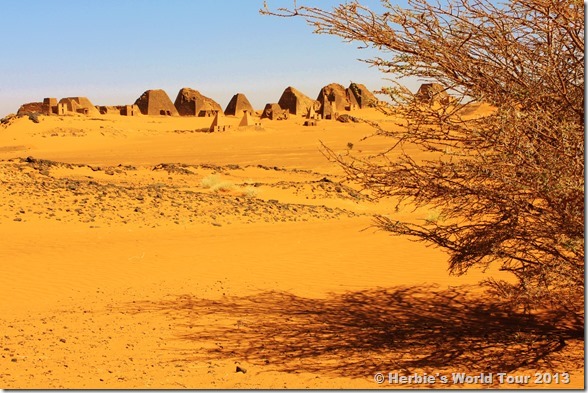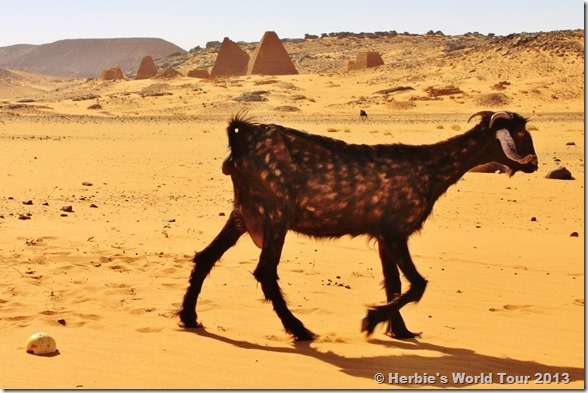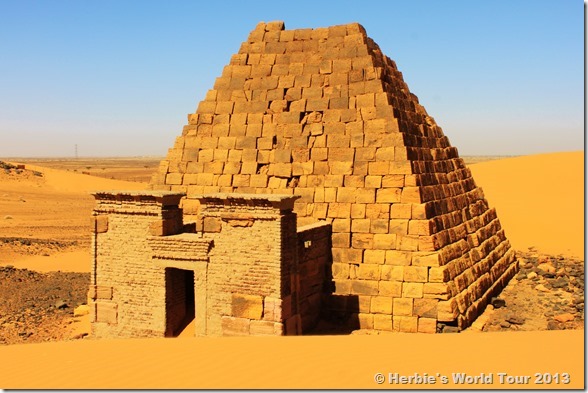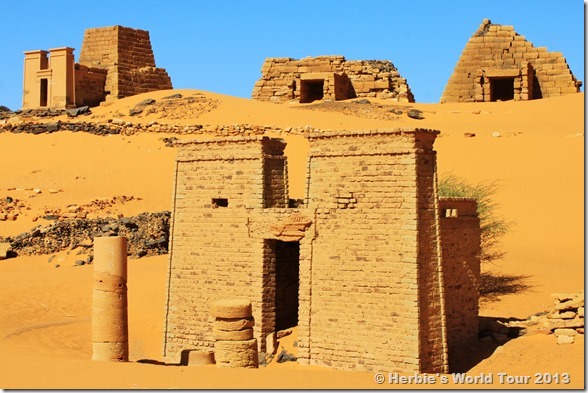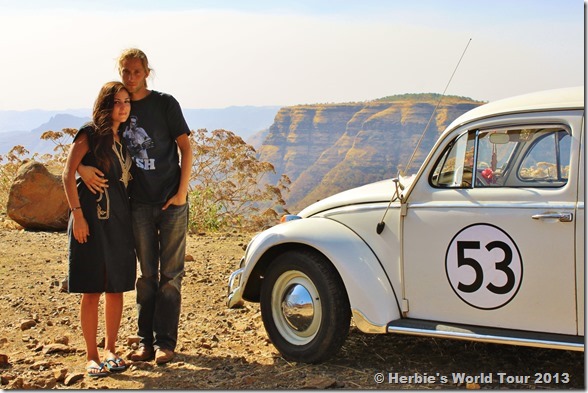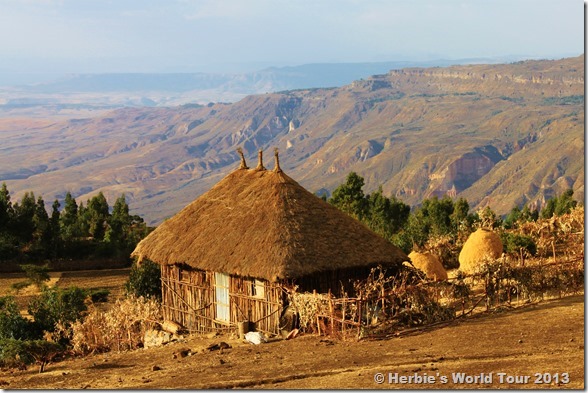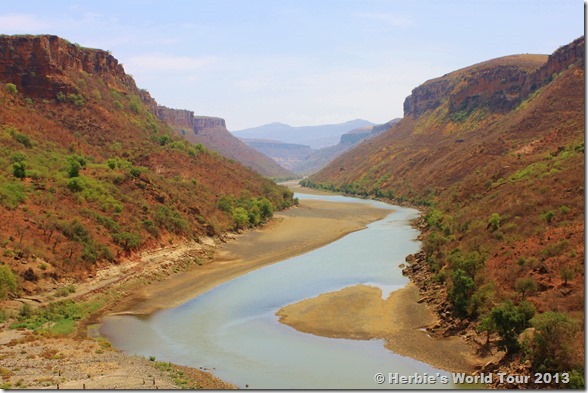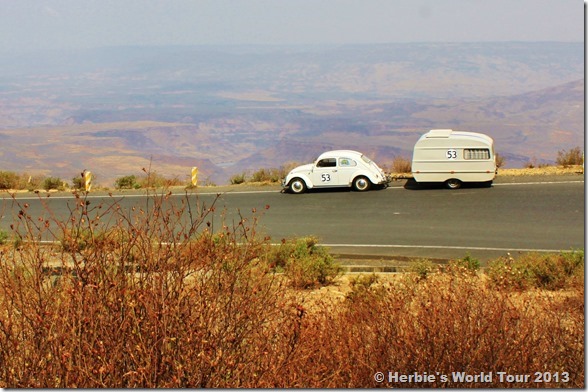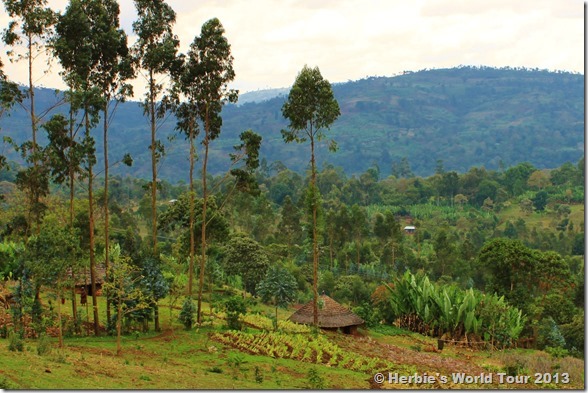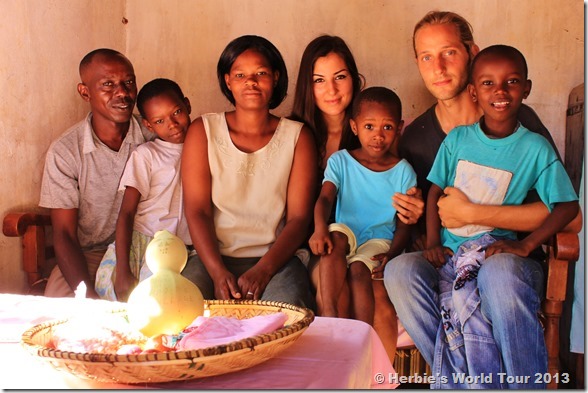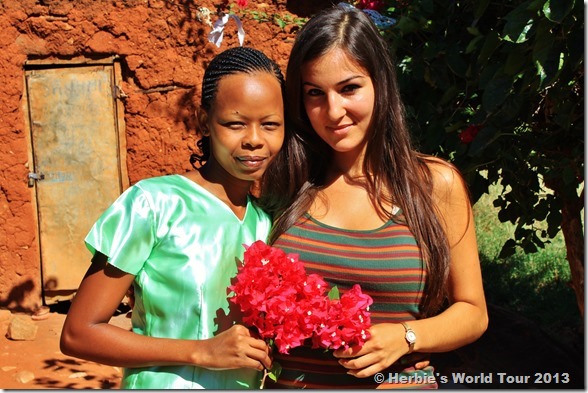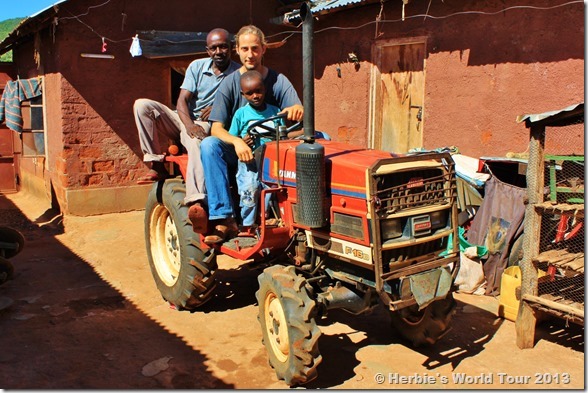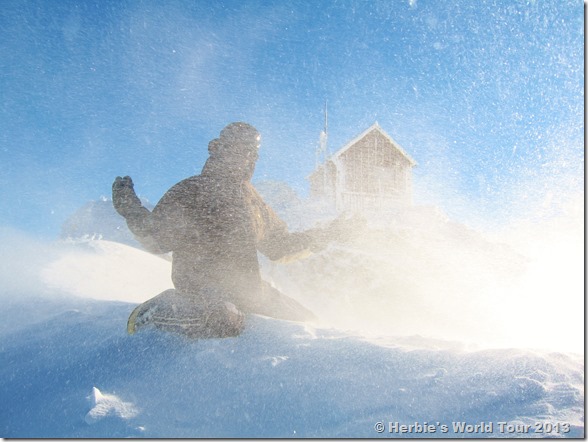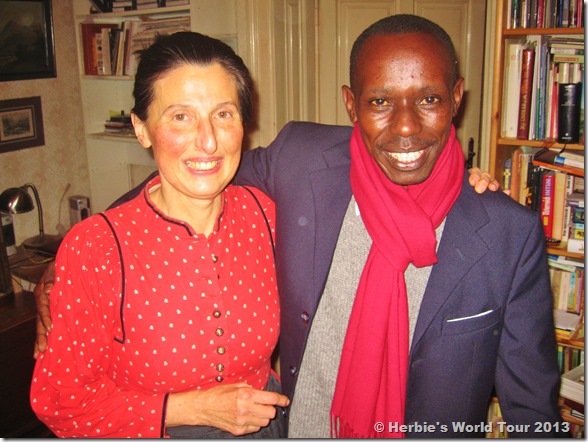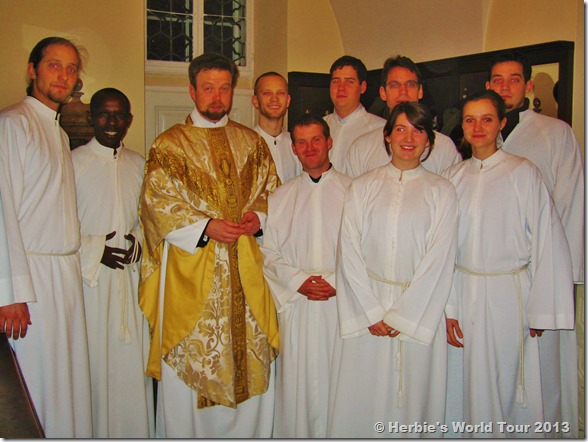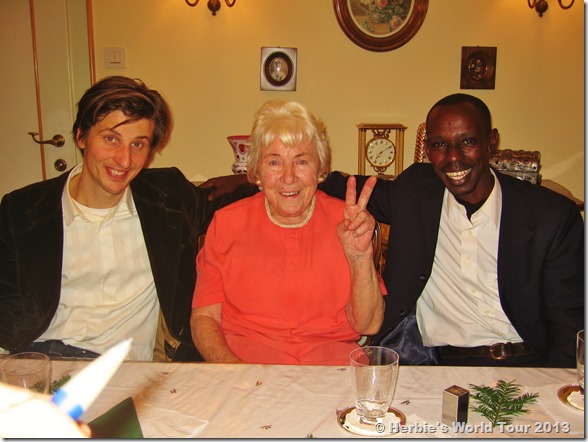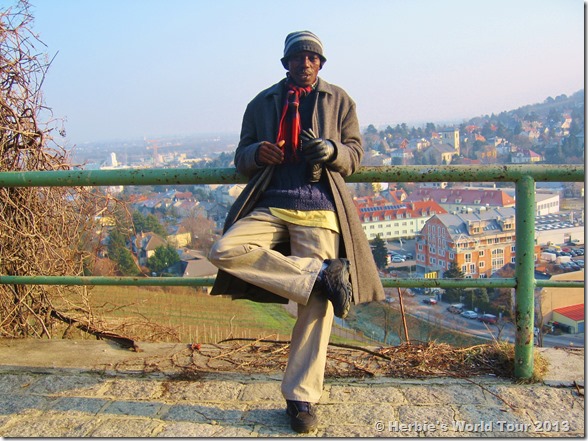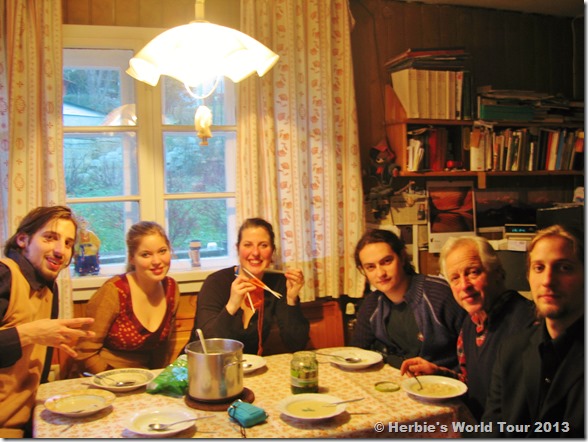On our way up north we had to manage the so-called Trans-East-African Highway which connects Kenya with Ethiopia. We definitely had to face a lot of nerve wrecking challenges. On a stretch of hundreds of miles we found every kind of road condition, you can imagine. Our destination was Moyale, the border town of Ethiopia.


A lot of paradox things were said about this so-called “highway” and many stories were told, but only some of them are true, we believe. In fact, the Trans-East-African Highway is one of the most dangerous “streets” on the Eastern side of Africa, because of bandits and other suspicious human beings.
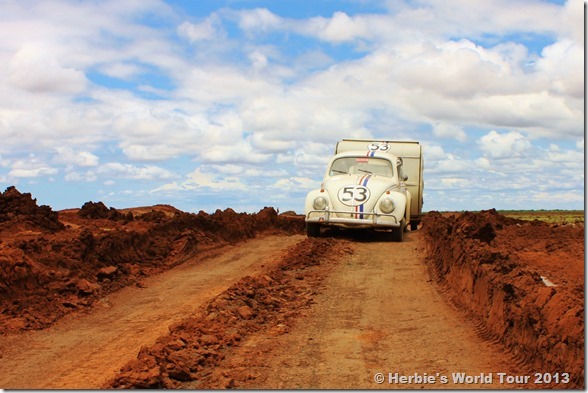

Furthermore it is for sure the toughest road along the main route across East Africa. But it should be manageable for all kinds of cars as long as you drive there during the dry season. Unluckily we hit the rainy season, which is normally only two months of the year – somewhere between March and May.
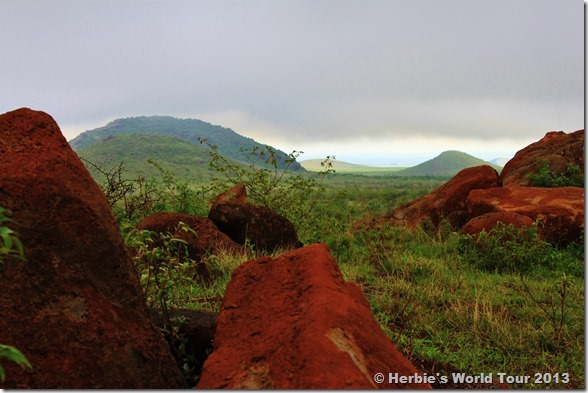
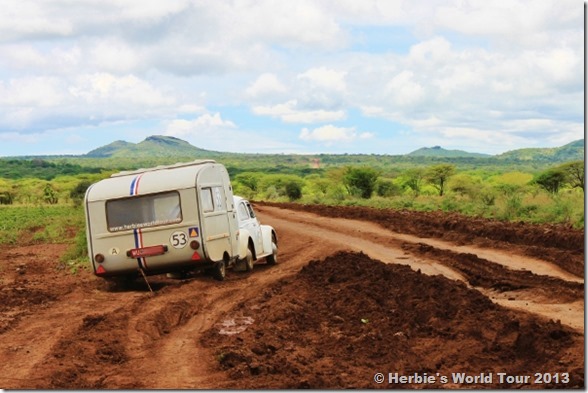
We had to literally shovel our way through, although we were already using snow chains. At this point we want to say thanks to Domi’s dad for the shovel and Friedrich, our friend and “Beetle Doctor” back home, for the snow chains! Also countless rocks as well as bushes had to be removed in order to pass.

Especially the road north of Marsabit offered one challenge after the other. It took us 24 hours of “driving” (or rather “digging”) to manage this stretch. We drove all through the night, because we were afraid that it could rain even more, as we already felt like we were in a “muddy battlefield”, not knowing if we can make it or not.
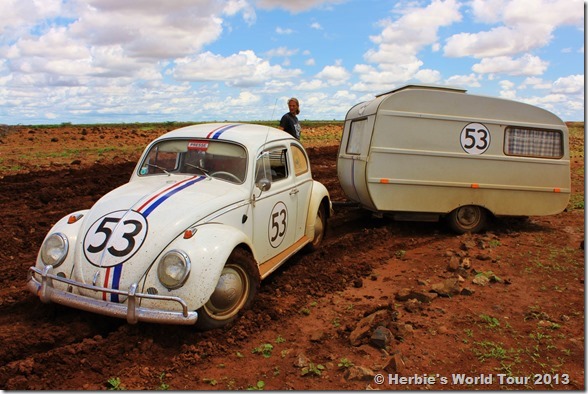
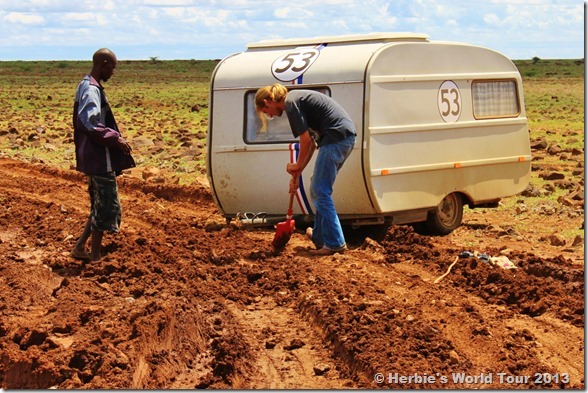
We tried to hurry, as rain would have meant to wait days until the track would dry again. Of course it was never dry at all, but Herbie conquered all the horrifying obstacles we faced. Sadly, against all odds and everything which was said, we were facing the problem of water, everywhere we went.
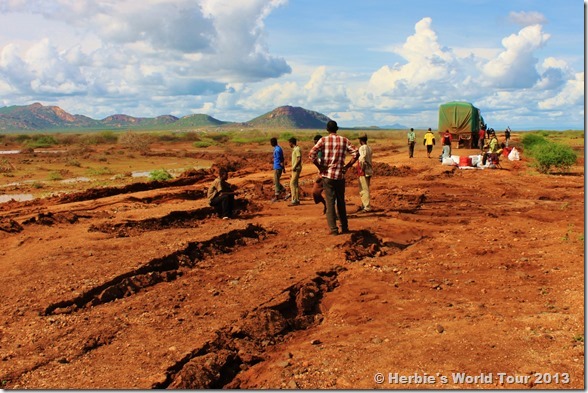
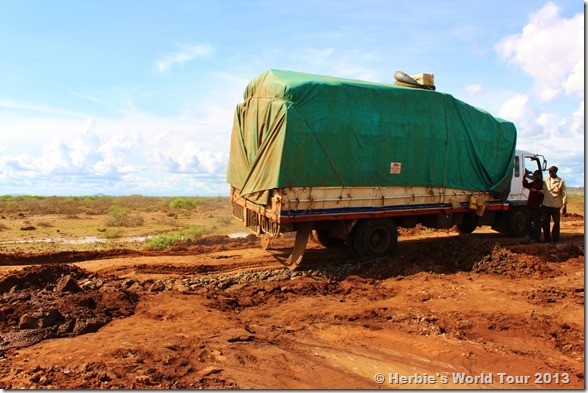
Along the way, huge trucks and even four-wheel drive vehicles (just as Land Cruisers) got stuck in the mud. One truck for example stuck for already four days, when we met the drivers who tried to unload it while the road was starting to dry out again. Almost every lorry we passed, had to be towed out of the mud.
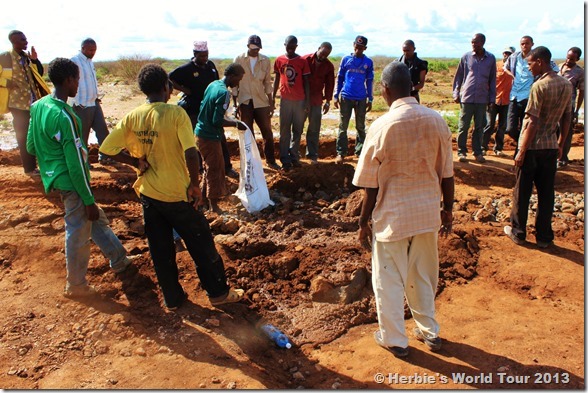
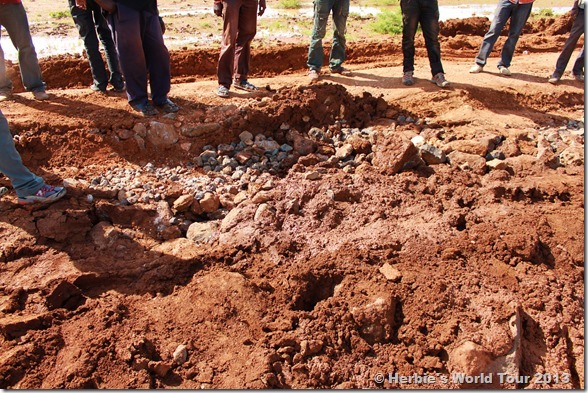
In front of every impassable looking obstacle, we had to step out of the car, searching for a little path to pass and prepare it the way Herbie could make it while pulling an anchor, our camper, through it. Unfortunately we only got pictures of those challenges while driving by day, as the more difficult ones were facing us in the night.
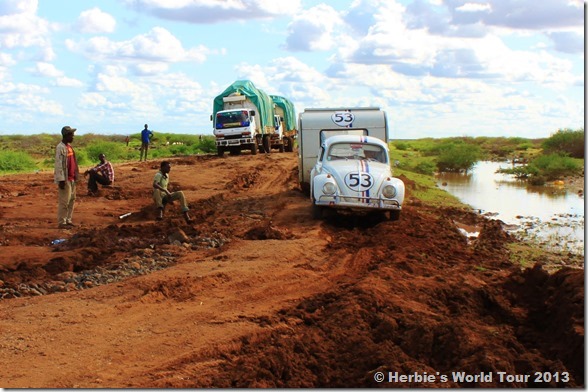
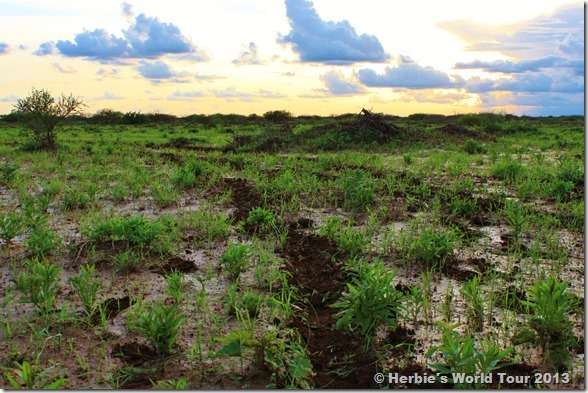
One car made it without any help of towing: Herbie! But only one tiny mistake could have led us to get stuck. What a triumph that this little car without “4×4” made it through this horrible road – and all that with a trailer in tow. Kenya joins Congo and Cameroon regarding our toughest African road experiences.

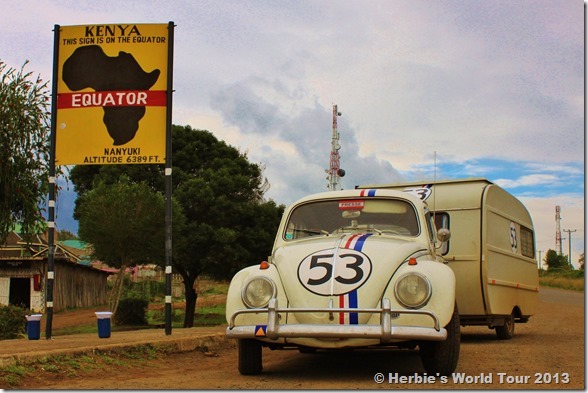
We met no single “overlander” (means a tourist traveling by car across Africa) on our way towards Moyale. But we met cyclists from Great Britain, South Africa, Ireland, China and Japan. Most of them were heading south while the Love Bug was heading back home towards Europe.

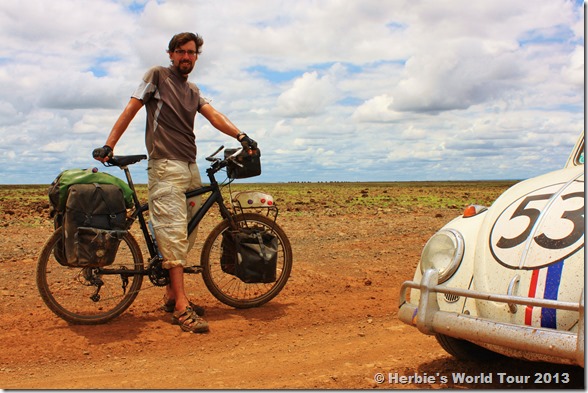
Before we were hitting the “unpaved” section of the Trans-East-African Highway, we passed the equator again, after we left Kenya’s capital, Nairobi, where we met a guy named Chris from the UK “overlanding” by a BMW car and Anton from South Africa, who travels Africa on his motorbike.

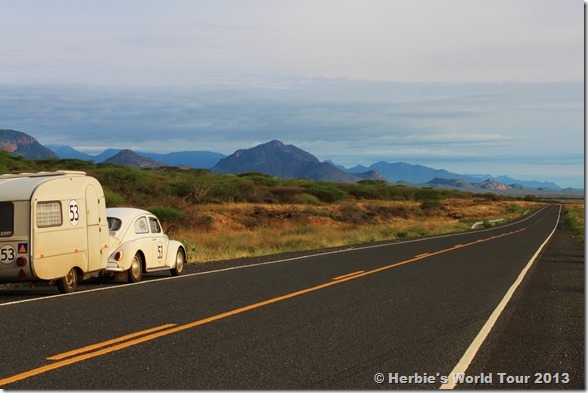
In Marsabit we spent the night at “Camp Henry”, fearing possible showers during the night, making road conditions even worse. But we were lucky, there was only a bit of rain in the morning, just before we started continuing the Trans-East-African Highway across Kenya’s vast and remote North.


